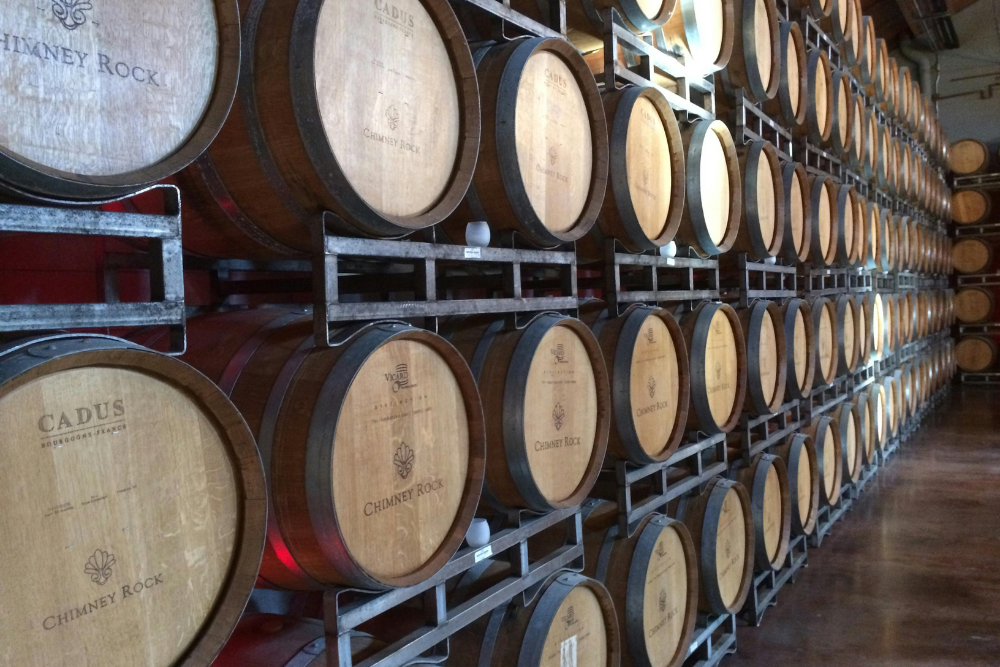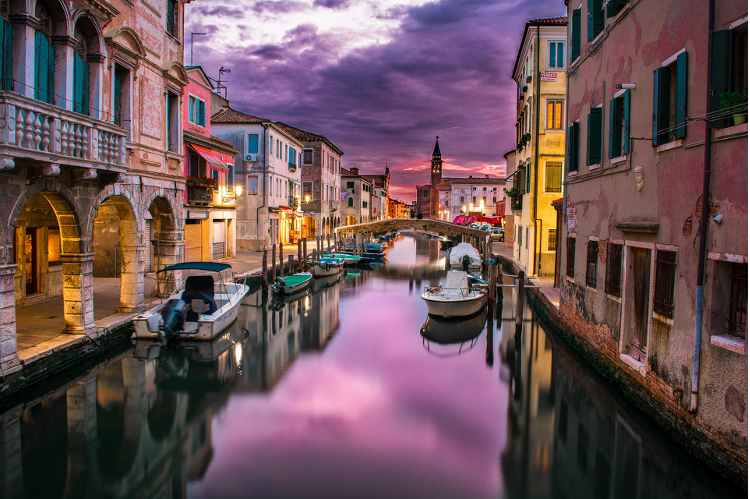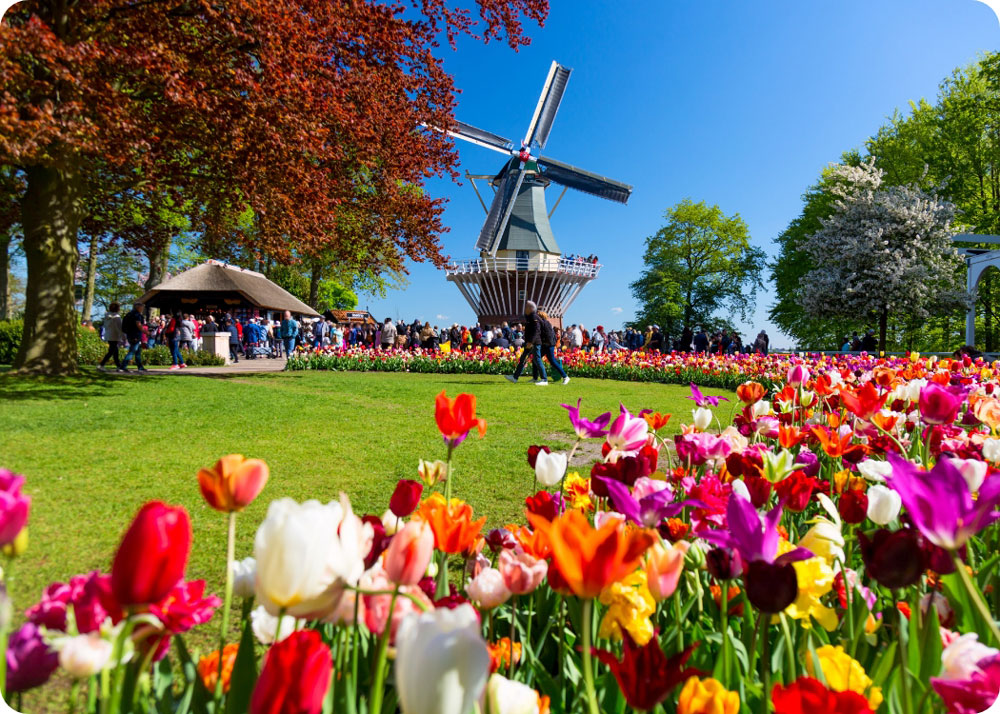How to recognize a quality wine during a visit in the cellar
Visiting a wine cellar is an experience that goes beyond the simple tasting of a glass of wine: it is a journey between tradition, passion and culture. But how can you recognize a quality wine? Here is a practical guide to live your tasting in a conscious way.

Table of contents
Why visiting a winery is a unique experience
The cellars are not only places of production, but real temples of wine. Here you can discover the history behind each bottle, meet the people who work on its creation and immerse yourself in the scents and flavors of the territory.
Wine is a window into the local culture. Each region has its own peculiarities, its vines and its traditions. Understanding wine also means understanding the territory, its people and its history.
Practical guide to wine tasting
Tasting a wine means engaging all the senses:
- View: observe the color and texture. A clear, bright wine is often synonymous with quality.
- Smell: sniff the wine to capture its primary aromas (fruit, flowers), secondary (fermentation) and tertiary (aging).
- Taste: taste calmly, evaluating the balance between acidity, tannins and sweetness.
A quality wine offers complexity of aromas and flavors. Take the time to recognize the different notes and how they evolve in the glass.
How to interpret the label of a wine
The label is a wine’s identity card. Search for information such as:
- Designation: DOC, DOCG or IGT are regulated quality standards.
- Wine vintage: a good wine often reflects the uniqueness of a specific vintage.
- Provenance: the territory of origin is crucial to understand the character of wine.
The difference between DOC, DOCG and IGT
These terms indicate the quality and origin of the wine:
- IGT (Typical Geographical Indication): identifies wines from a wide geographical area.
- DOC (Controlled Designation of Origin): guarantees the origin and production methods.
- DOCG (Controlled and Guaranteed Designation of Origin): the highest level of certification.
Artisan vs. industrial wines
Artisanal wines are produced in small quantities, often with natural methods and a strong link with the territory. Industrial wines, on the other hand, are produced in large volumes, often with standardized techniques to ensure a constant quality.
If you are looking for an authentic wine, focus on producers who value sustainability, biodiversity and local traditions. During a visit to the cellar, ask about their production philosophy.
Why choose glamping for a food and wine trip
Glamping is the perfect choice for those who want to experience an immersive journey without sacrificing comfort. Luxury campsites often arise in areas of natural and cultural value, making them ideal for exploring nearby wineries and vineyards.
Discovering a quality wine during a visit to the cellar is an art that combines curiosity, knowledge and passion. And if you want to make your trip even more special, combine the wine experience with a glamping holiday: nature, comfort and taste will be the undisputed protagonists of your adventure.

Piemonte: glamping among nature and tradition
Imagine a land where lush countryside meets snow-capped mountains,... continue reading
Open-air veneto: a trip in the north-east
Discover Veneto as you never imagined it: nature, food, culture, and... continue reading


Find your dream holiday
Browse all glamping options to enjoy a one-of-a-kind stay experience
Dream destinations in Europe









